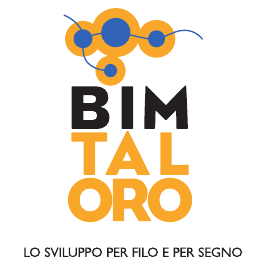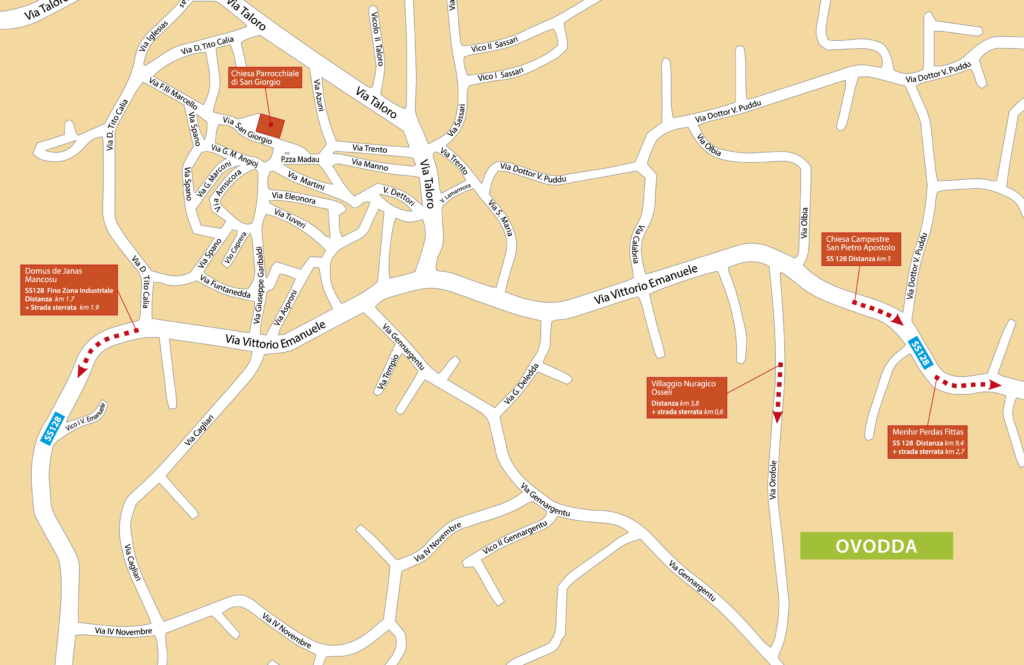Country Church of San Pietro Apostolo
The church is situated above the village of Ovodda in a spot where, in ancient times, the settlement of Oleri stood, a village that was abandoned at the beginning of the 15th century due to a plague epidemic that severely decimated the local population. The structure is built of stone and is very simple in appearance, with a central portal over which a circular window opens. On the front apex of the gabled roof is a small cross.
The existence of the Church of San Pietro apostolo is first recorded in a document dated 1473, the year in which Leonardo de Alagón, Marquis of Oristano—in order to settle a dispute concerning the exploitation of land and the consequent taxes to be paid to the feudal lord—divided the territories that once belonged to the Villa di Oleri between the villages of Gavoi and Ovodda. From that moment on, the two communities made a permanent commitment to maintain the propriety of the church and honour the saint every year, with a two-day festival (28 and 29 June) – a commitment later maintained only by the inhabitants of Ovodda.
The charter indicates a sum of money (batteros liras) to be paid by the two villas for the upkeep of the church of San Pietro di Oleri and for the organisation of the festival.
The church, which was in a state of disrepair in the 1700s, was restored in the 1800s and again in the 1970s, when the roof was reconstructed. Since the early 1900s, this has been taken care of by the s’Operaria di Ovodda, made up of twelve families from the village who take it in turns to organise the festival. At present, the festival, which is the most cherished and widely attended by the inhabitants of Ovodda, is organised in turn by the various districts of the village (committees). In addition to the novena and liturgical services, it also includes a grand banquet held for the entire village, which takes place on the evening of the 28th and 29th in the large area in front of the building. After dinner, on both days, the festival continues with singing, dancing and on the 29th only, a horse race takes place.
Text by Laura Melis with the contribution of Sandra Cinelli
 BIM TALORO
BIM TALORO 